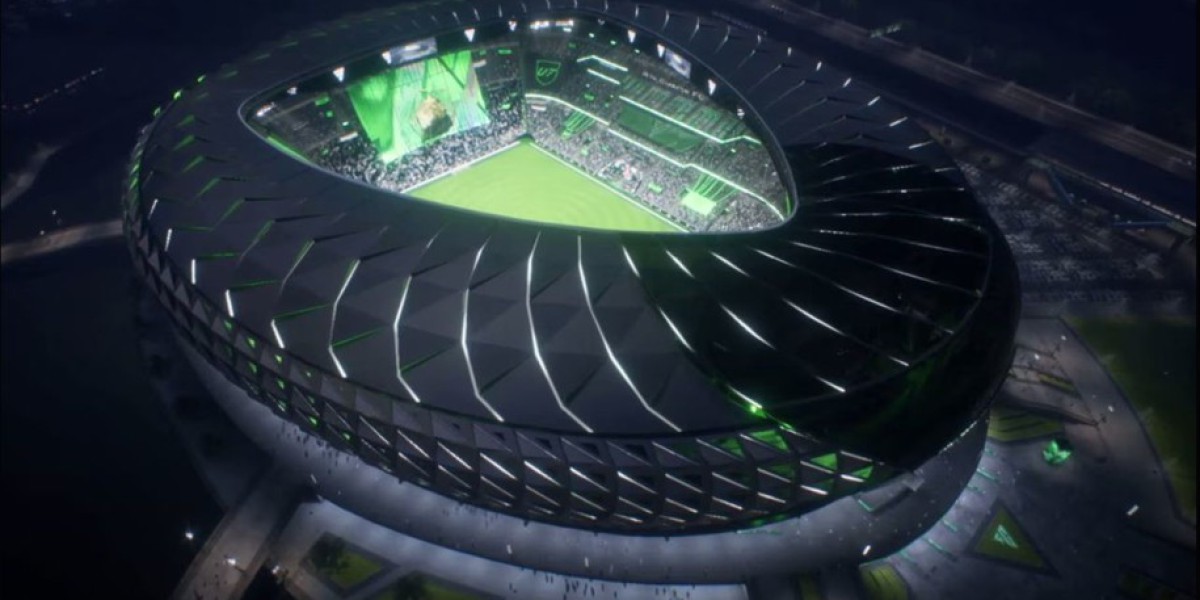Introduction
Fiberglass cornices are an increasingly popular choice in modern architectural design. They offer a blend of aesthetic appeal, durability, and ease of installation that is difficult to match with traditional materials like wood or plaster. This article explores the various aspects of fiberglass cornices, including their benefits, applications, and installation process.
What is a Fiberglass Cornice?
A fiberglass cornice is a decorative molding made from fiberglass-reinforced plastic (FRP). These cornices are designed to enhance the aesthetic appeal of buildings by adding decorative elements to the junctions between walls and ceilings or the tops of exterior walls.
Benefits of Fiberglass Cornices
Durability: Fiberglass is known for its strength and resilience. It can withstand extreme weather conditions, making it ideal for both interior and exterior applications.
Lightweight: Unlike traditional materials such as plaster, fiberglass is lightweight, which simplifies transportation and installation.
Ease of Installation: Fiberglass cornices can be easily installed with adhesive and screws. This reduces labor costs and installation time compared to more cumbersome materials.
Low Maintenance: Fiberglass is resistant to rot, mold, and pests, which means it requires minimal maintenance over time.
Versatility in Design: Fiberglass can be molded into a wide range of shapes and styles, allowing for a high degree of customization. This makes it possible to replicate historical designs or create unique modern profiles.
Cost-Effective: While the initial cost of fiberglass cornices may be higher than some alternatives, their long lifespan and low maintenance requirements often make them a more cost-effective option in the long run.
Applications of Fiberglass Cornices
Residential Buildings: Fiberglass cornices are often used in homes to add a touch of elegance to living rooms, dining areas, and exterior façades.
Commercial Buildings: In commercial settings, fiberglass cornices can enhance the visual appeal of office buildings, hotels, and shopping centers.
Restoration Projects: Due to their ability to replicate intricate designs, fiberglass cornices are popular in the restoration of historic buildings, where maintaining the original architectural style is crucial.
Public Buildings: Government buildings, museums, and other public structures frequently use fiberglass cornices to achieve a grand and timeless look.
Installation Process
Measurement and Planning: Accurate measurements of the area where the cornice will be installed are crucial. This ensures that the cornice fits perfectly and looks seamless.
Preparation: The surface where the cornice will be applied should be clean, dry, and free of any debris or old adhesive.
Cutting and Fitting: Fiberglass cornices are cut to size using standard woodworking tools. It's important to make precise cuts to ensure a snug fit.
Adhesion: A strong adhesive is applied to the back of the cornice. The cornice is then pressed firmly into place and held until the adhesive sets.
Securing: Additional securing can be done using screws or nails, especially for larger cornices or exterior applications.
Finishing Touches: Once installed, the joints and edges are sealed and smoothed. The cornice can then be painted to match or contrast with the surrounding decor.https://meltonclassics.com/products/columns/
Conclusion
Fiberglass cornices offer a versatile and durable option for enhancing the aesthetic appeal of any building. Their ease of installation, low maintenance, and ability to be customized make them an attractive choice for a variety of architectural projects. Whether for new constructions, renovations, or restorations, fiberglass cornices provide both functional and decorative benefits that are hard to beat.



